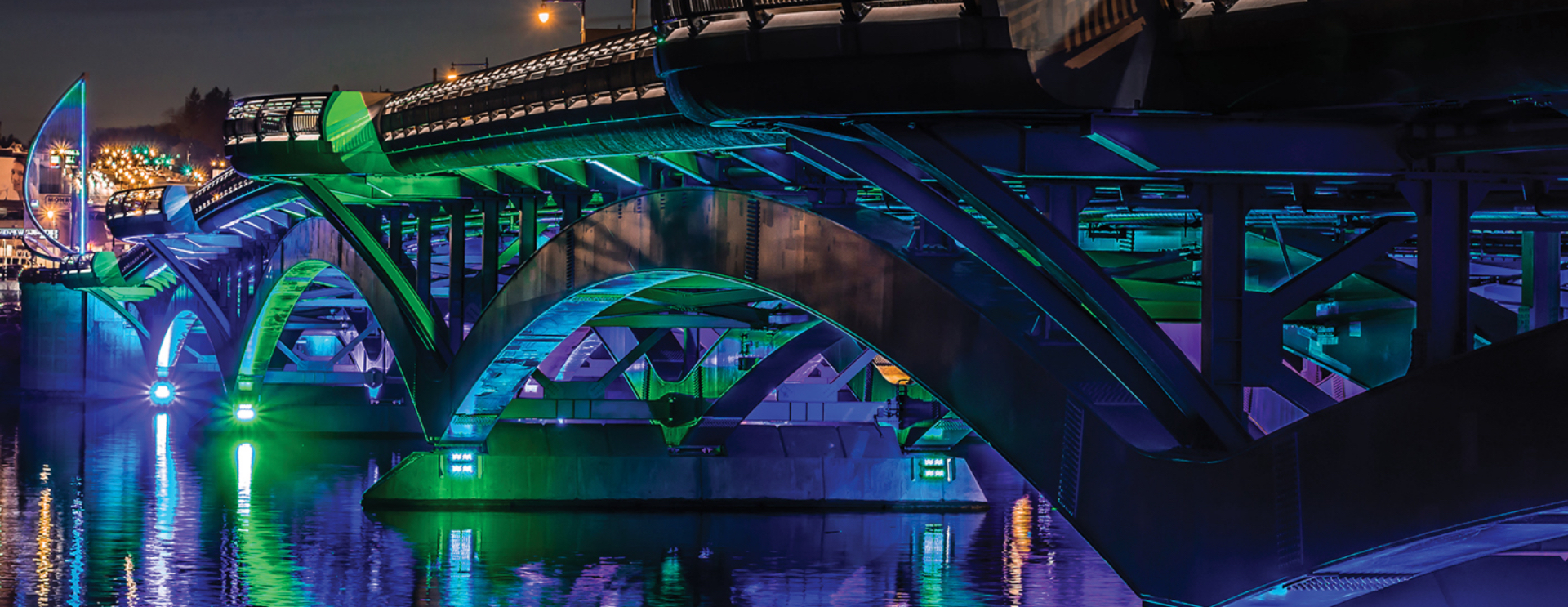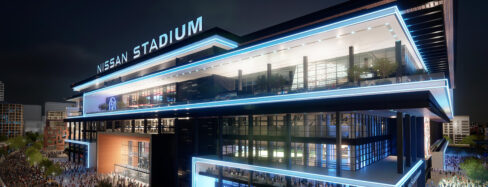As lighting designers, we have the privilege of working on a variety of project types in a myriad of environments – each with its own aesthetic, technical requirements, and unique impacts on occupants. This diversity requires that we adapt our architectural and lighting knowledge to the particular needs of each market. Occasionally, we will analyze the various market sectors we work in and explore what specialized knowledge and skills are required for our designers to execute the job, in order to assure the success of their collaboration and of the design itself.
A prime example of this specialization occurs in our work within the infrastructure sector. As a highly technical area of design and construction that includes bridges, airports, tunnels and train stations, infrastructure requires the development of specialized knowledge that reflects the unique business models, maintenance challenges, project scale and extraordinary design opportunities inherent in the creation of a piece of civic architecture. In order to be successful in these collaborations, our designers develop fluency in the language of civil design and engineering; mastering the fields’ terminology and drivers to ensure a complete understanding of the structure and promote strong communication and collaboration with other professionals designing the project.
Similarly, we work to understand the business model that will finance and build the structure. Is the project a public/private partnership, a design/build, or a typical design/bid/build model? Each of these will impact who the decision makers are on a project, who will maintain the project, and who the design team’s client will ultimately be.
And most important of all, we need to have a firm understanding of the community the structure will serve. Large pieces of civic infrastructure often become defining symbols of their communities, and their nighttime persona as expressed through light often become a means for the community to communicate something about themselves to the world. As such, it is imperative that we understand how the community sees itself, and how it would like to be seen by others. We want to know what holidays and events are important to them, whether the community is rural or urban, the cultural context that it occupies, and the particular importance of this new structure to community.
As we answer these questions through stakeholder engagement and other means, we begin to gather an understanding of a place and community that will allow us to accurately reflect and represent them through light. For in the end, after all the design, engineering and collaboration is complete and the project is revealed, it will ultimately belong to that community and become a part of them and their daily lives.


